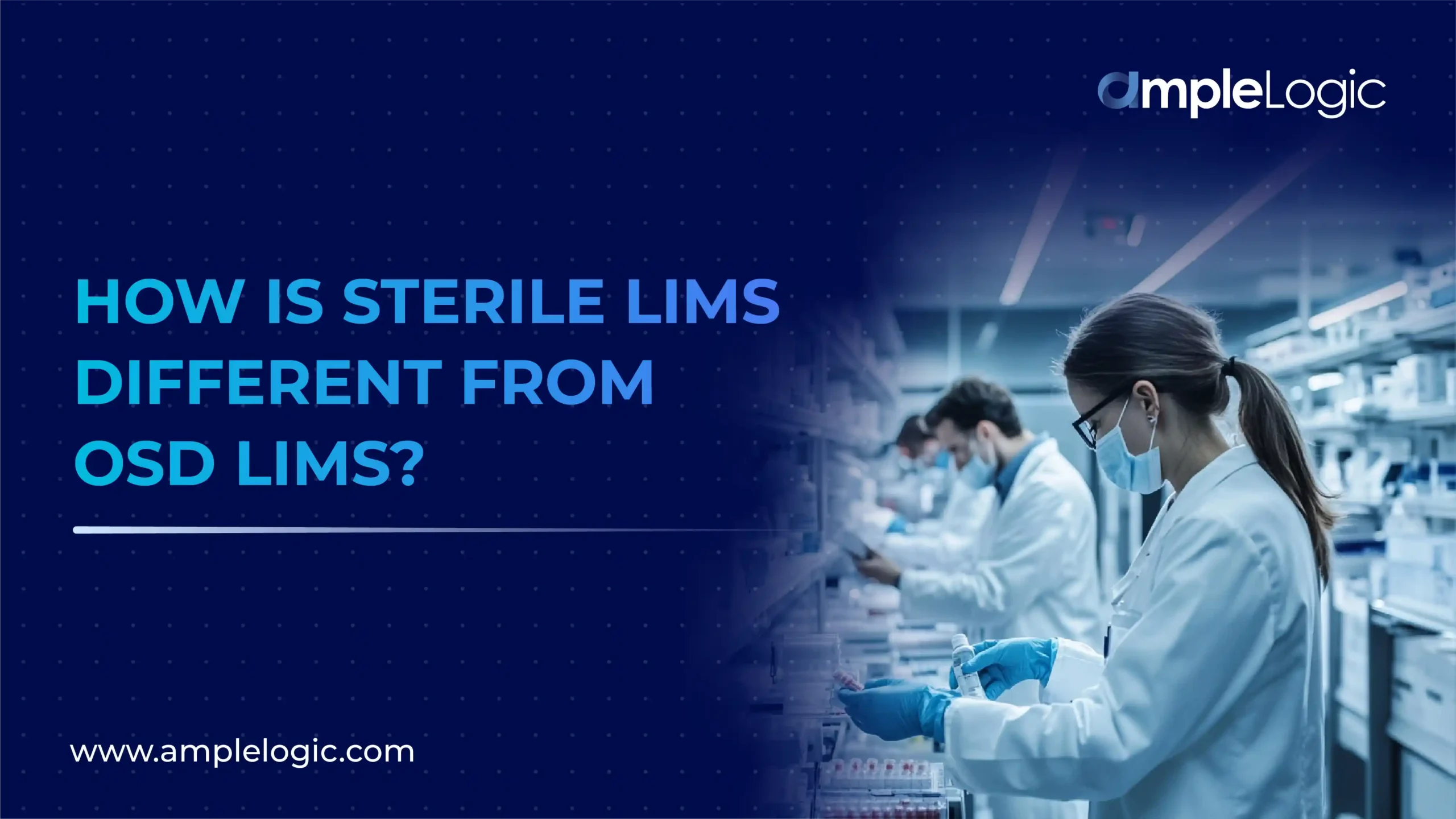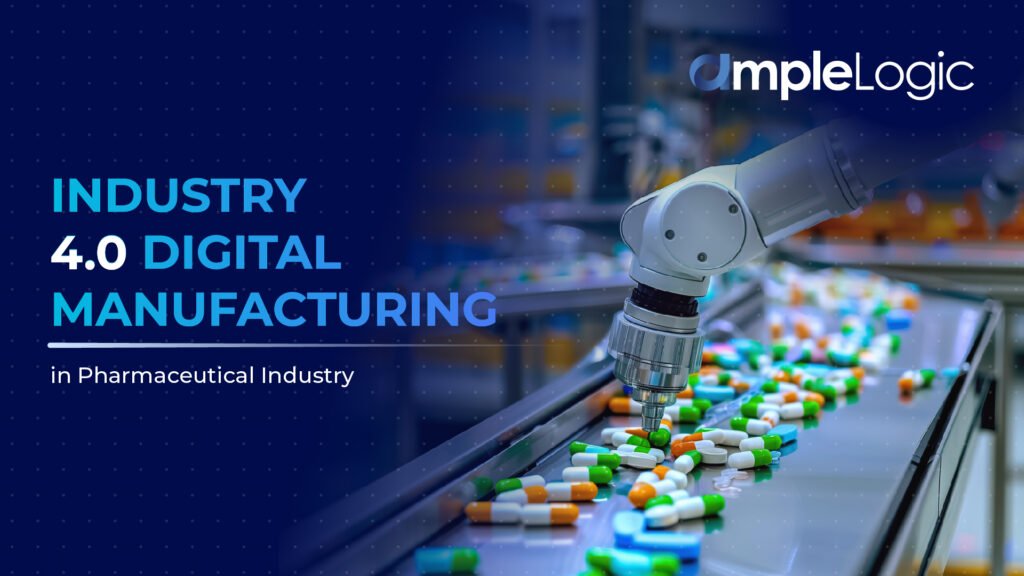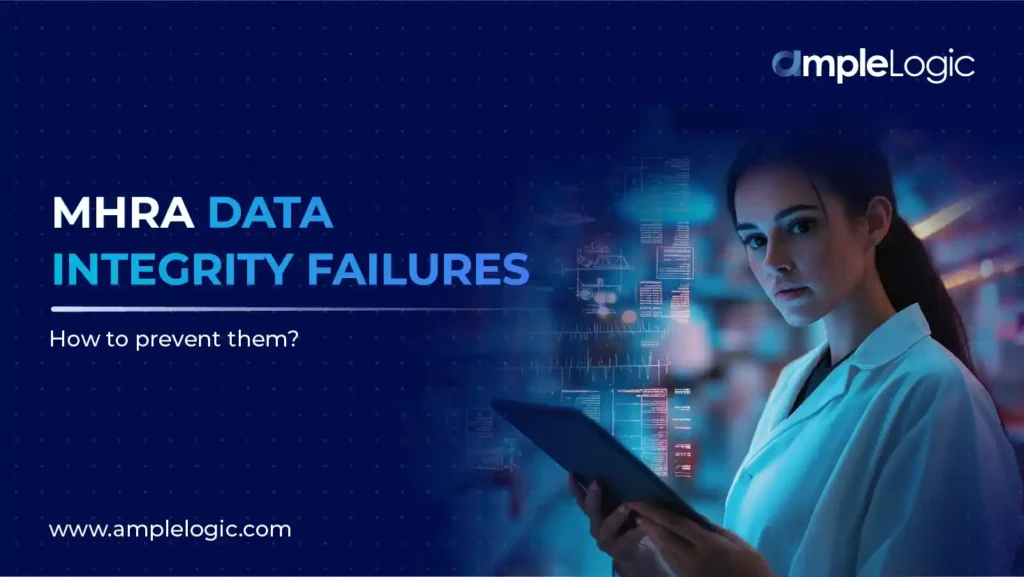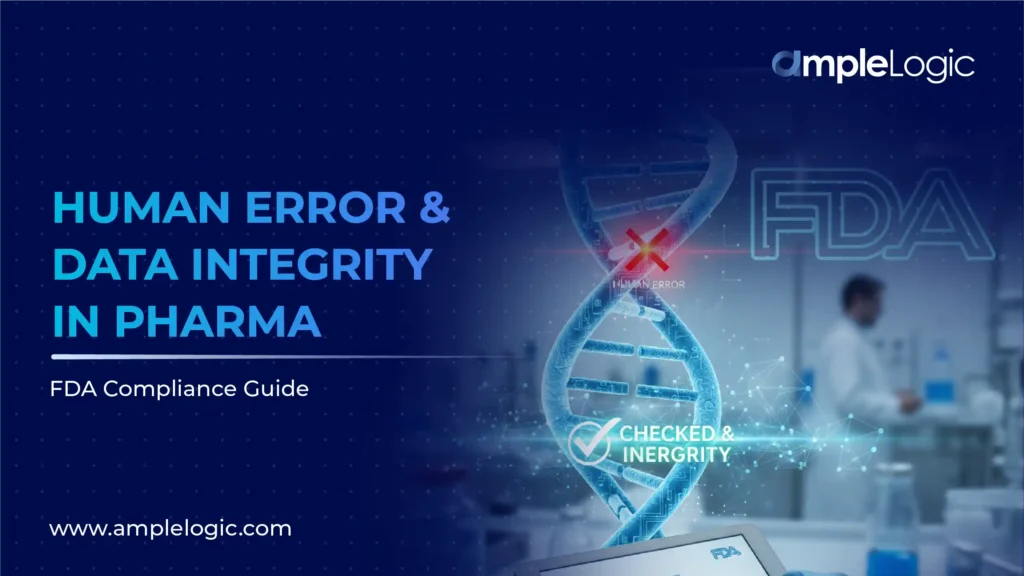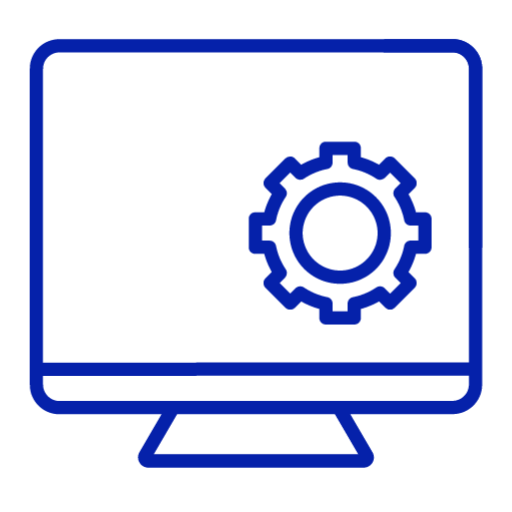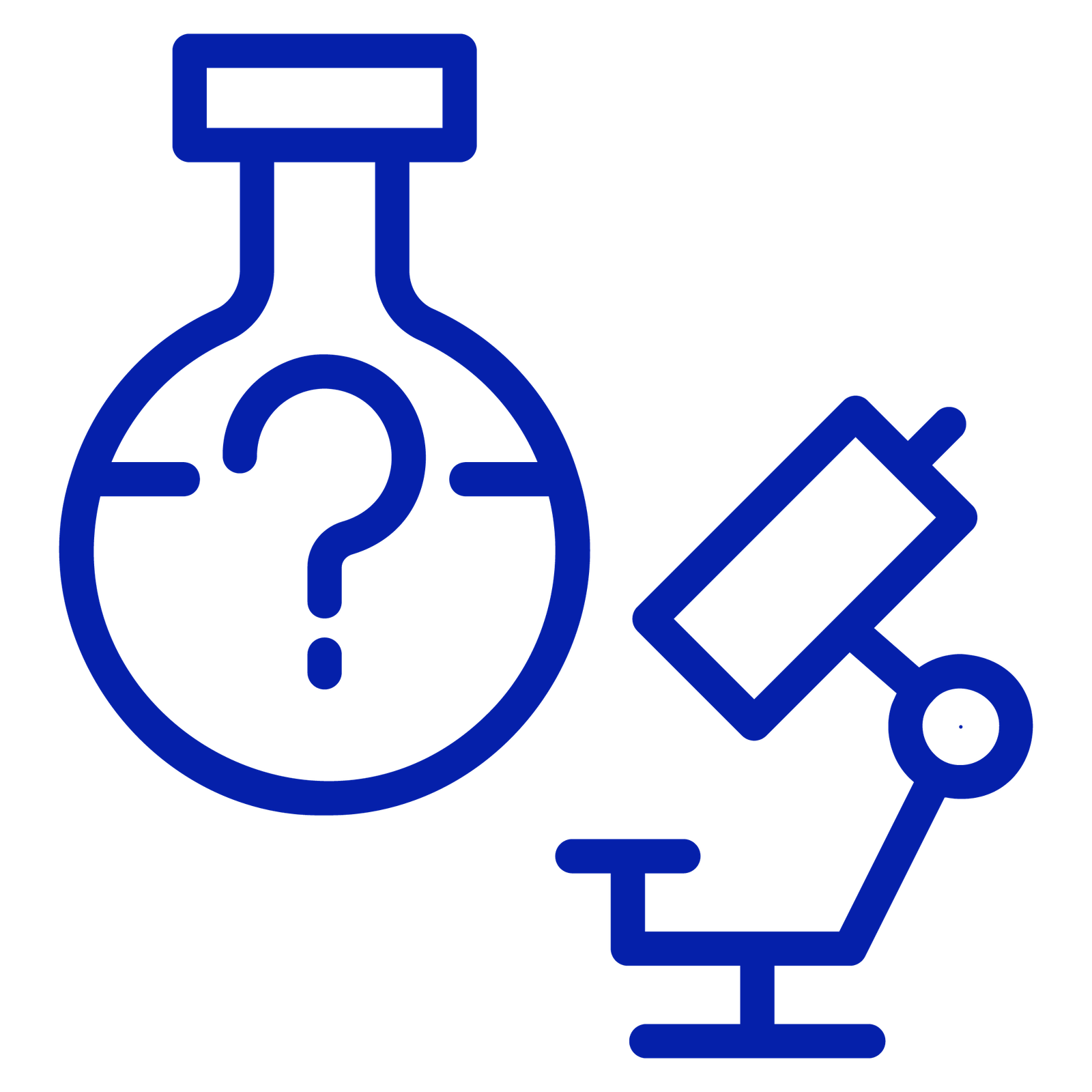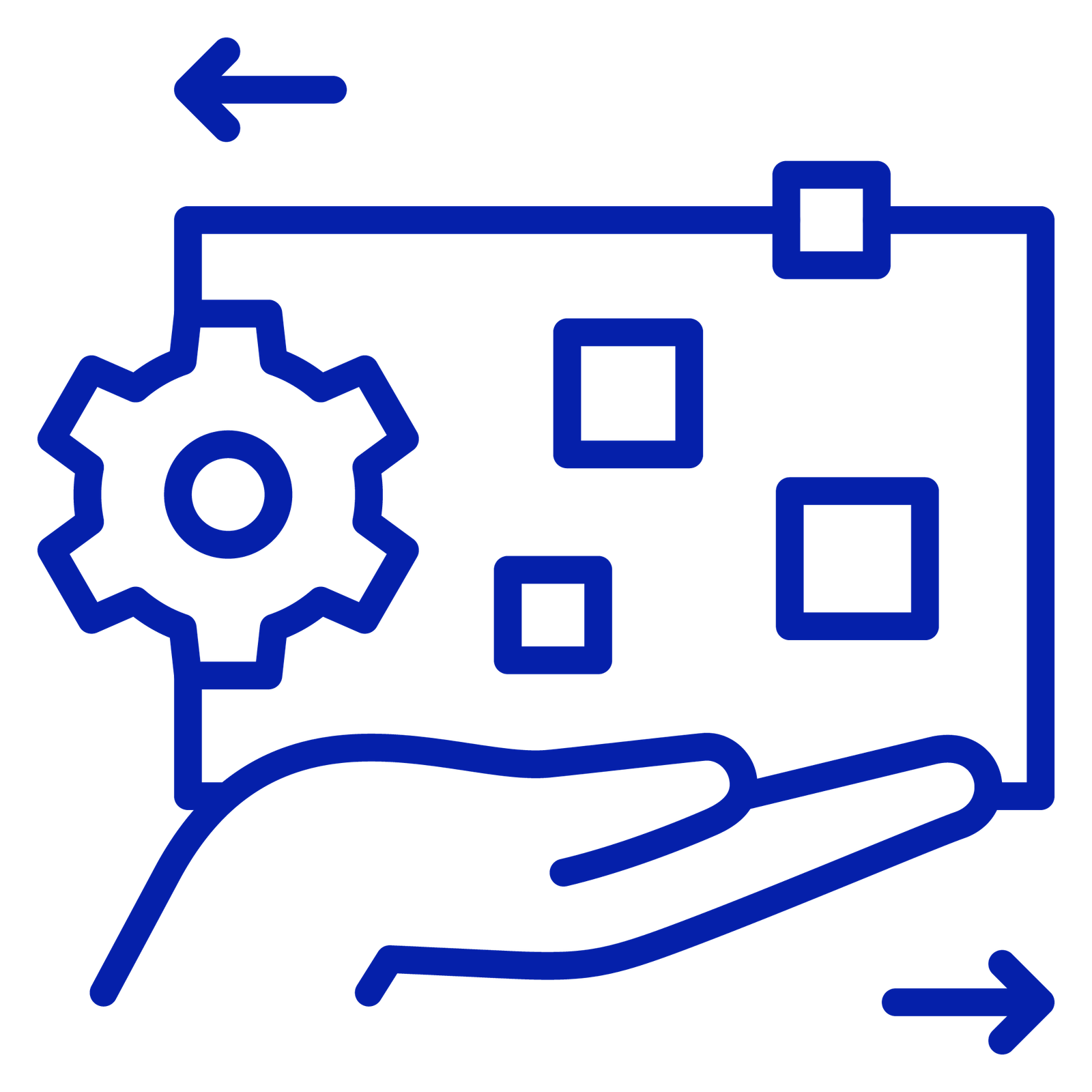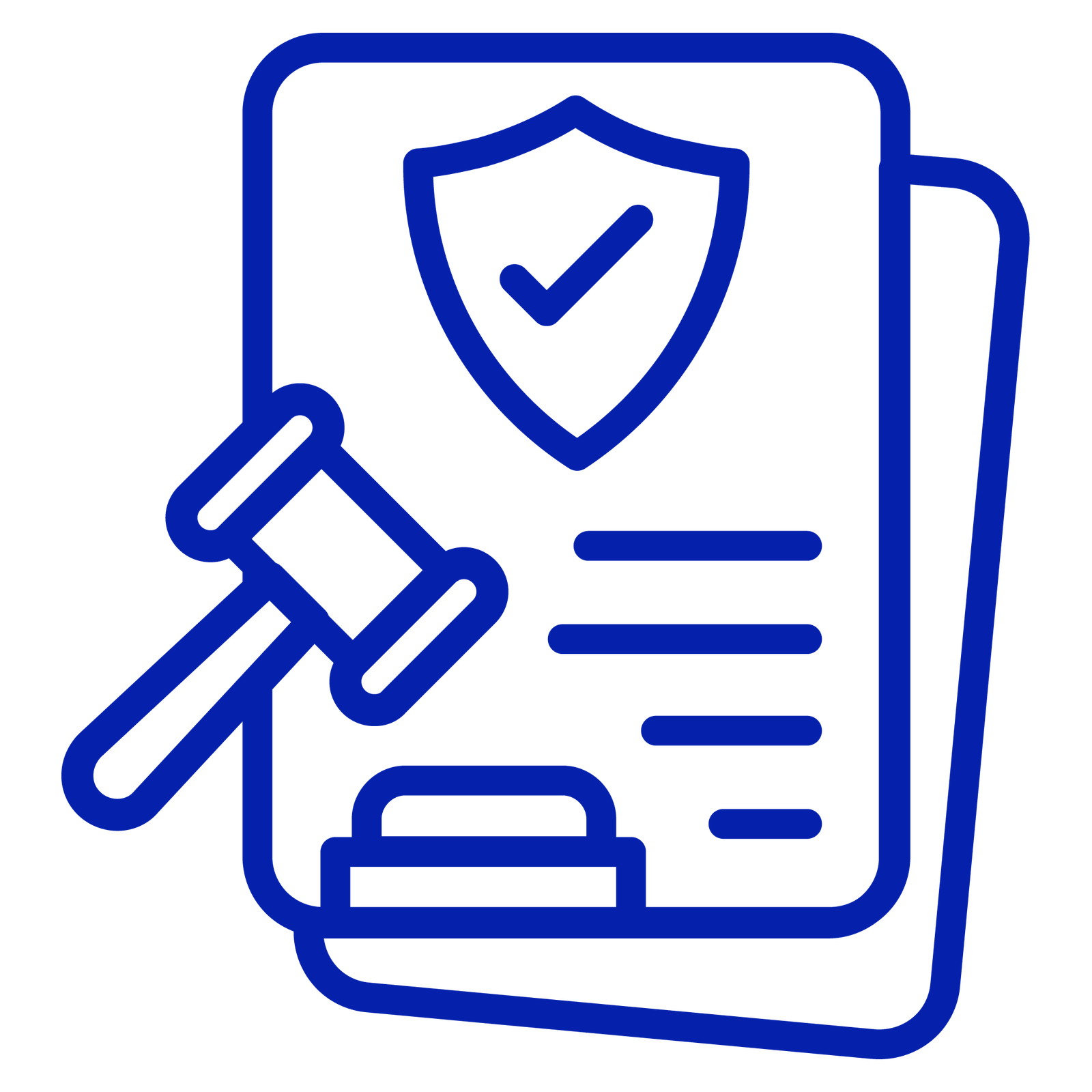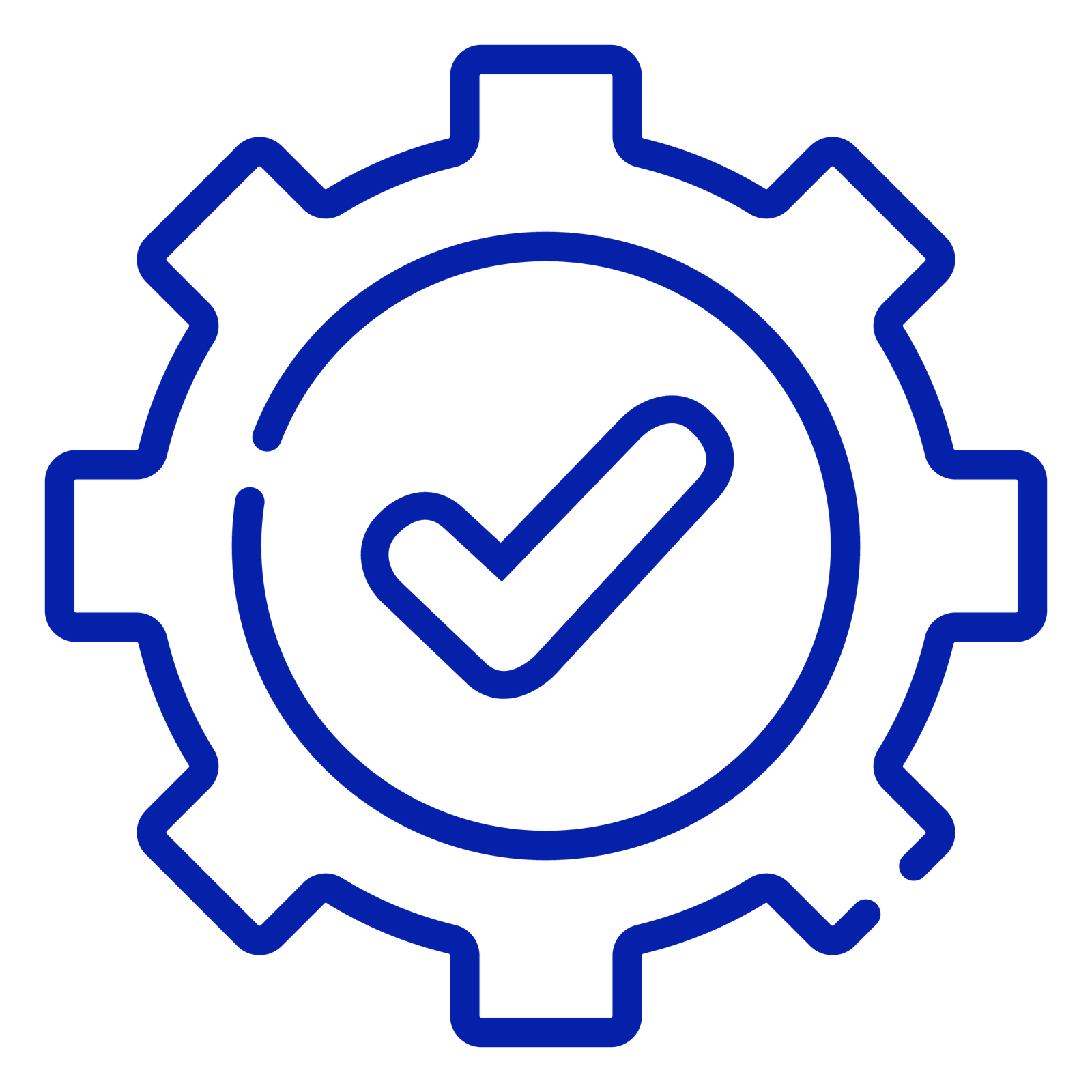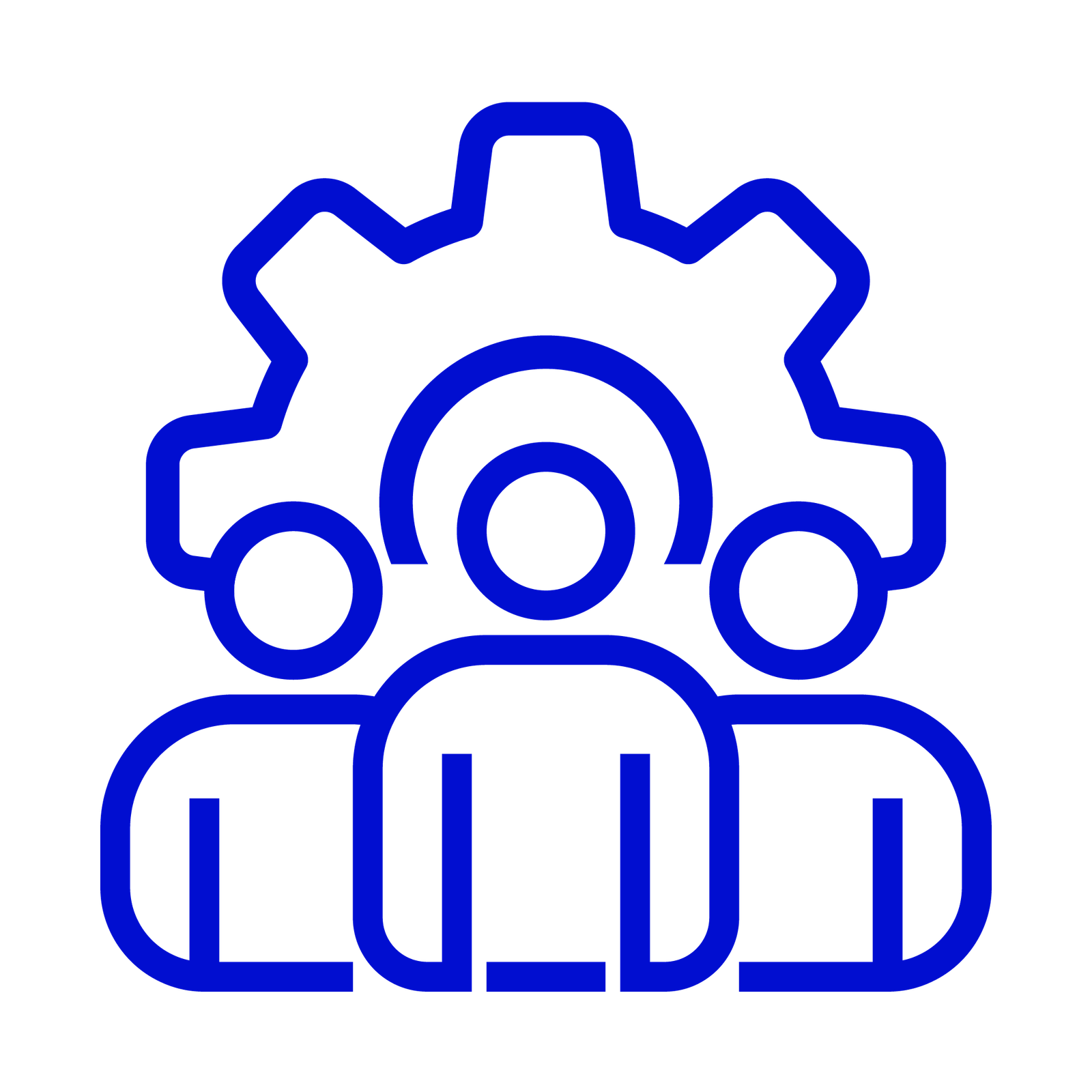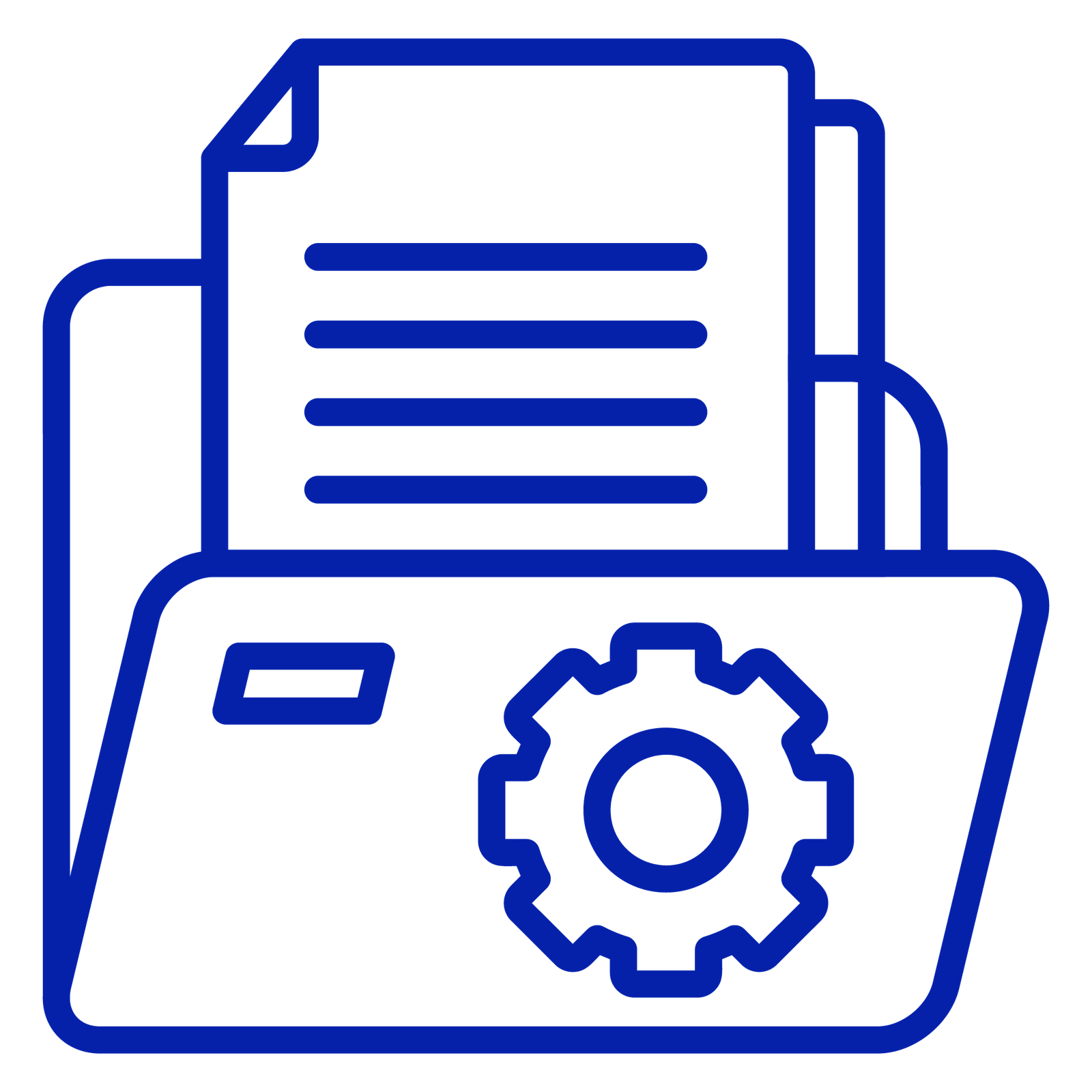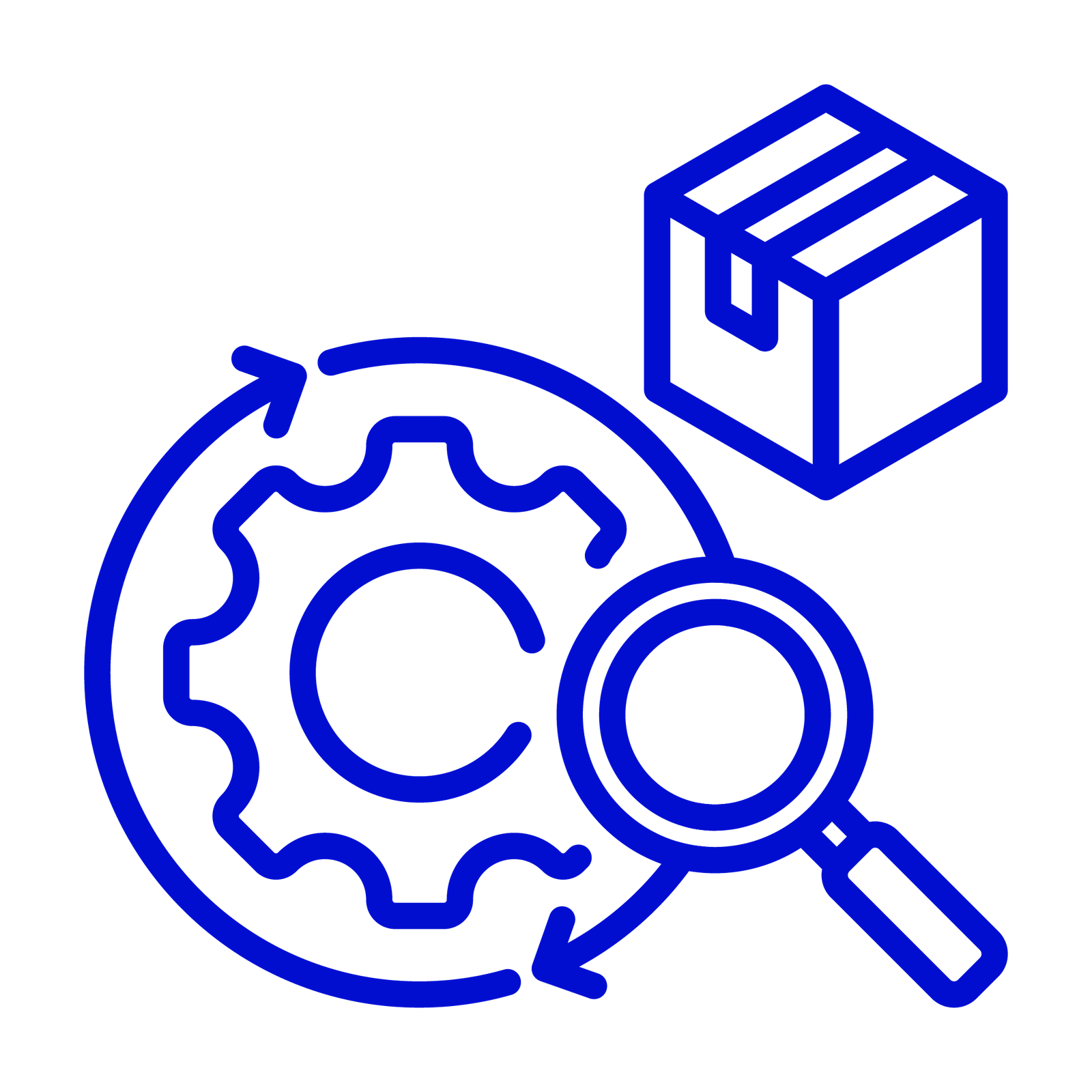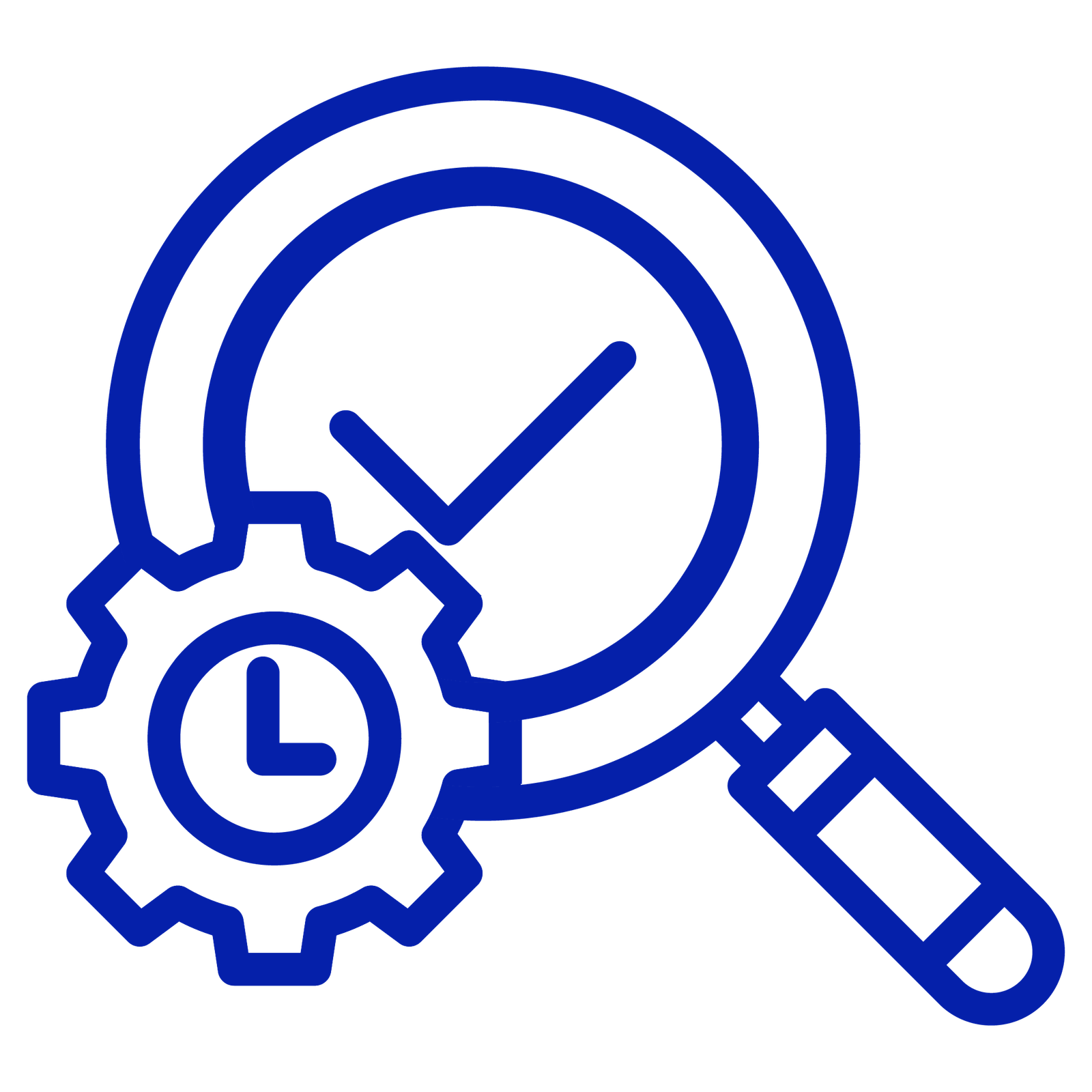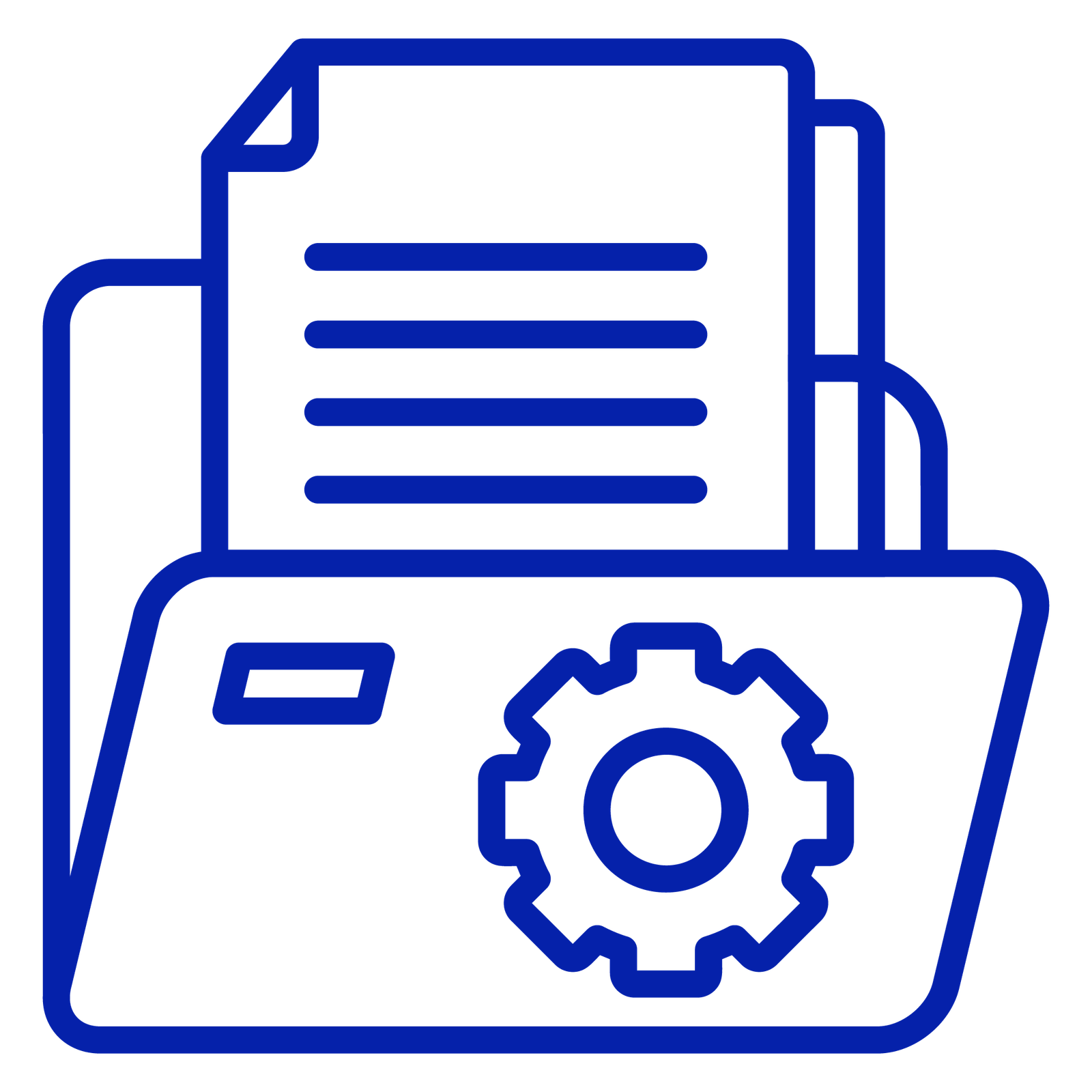Two pharmaceutical laboratories can sit under the same roof, run by the same QA team, and still operate in completely different worlds. One measures microbial life in a Grade A cleanroom. The other measures assay values in a tablet. Both rely on digital laboratory systems for accuracy and traceability, yet what they expect from those systems differs entirely.
In sterile facilities, every decision revolves around contamination control. Each data point, a pressure reading, an air sample, a glove imprint, carries the weight of product sterility. In oral solid dosage (OSD) plants, data ensures uniformity and precision across thousands of tests and time-bound releases.
Each environment demands its own digital discipline – one engineered to preserve sterility, the other to maintain precision. Sterile LIMS Software focuses on microbial monitoring and environmental data integrity, while OSD LIMS handles analytical and physical quality testing at scale.
Why the Two LIMS Environments Differ?
Risk defines design.
- Sterile manufacturing operates under aseptic conditions where even a minor environmental deviation can jeopardize an entire batch.
- OSD manufacturing involves controlled processes such as blending, compression, and coating, where the priority is maintaining consistency in content, weight, and assay performance.
Both require disciplined data management, but the datasets they manage and the risks they mitigate are entirely different.
AmpleLogic’s LIMS platform exemplifies this flexibility. Its architecture can be configured for sterile environments, emphasizing environmental monitoring, or for OSD facilities that depend on high-throughput analytical testing, all within one validated framework.
Regulatory Foundation
Sterile Operations
Sterile laboratories functions under some of the most stringent guidelines in pharmaceutical manufacturing, including:
- EU GMP Annex 1 (2022) – Manufacture of Sterile Medicinal Products
- USP <71> Sterility Tests – principles for test design and incubation control
- USP <85> Bacterial Endotoxins Test (BET): Detects endotoxins from Gram-negative bacteria that can cause fever and septic shock.
- ISO 14644 – cleanroom classification and monitoring standards (Grade A,B,C,D).
A Sterile LIMS Software aligns with these frameworks by integrating contamination-control strategies, trending environmental and microbial data, and maintaining electronic audit trails across all test activities.
OSD Operations
OSD laboratories, while not aseptic, are equally regulated for consistency and precision. Their guiding standards include:
- ICH Q6A – specifications for new drug substances and products
- USP <905> – uniformity of dosage units
LIMS configurations in OSD environments emphasize instrument integration, analytical precision, and batch-level traceability instead of real-time environmental data capture.
How the Data Itself Differs
| Aspect | Sterile Facility | OSD Facility |
|---|---|---|
| Nature of Samples | Samples are aseptic, collected from sterile processes (e.g., bulk solution, final vial, filling line). Must remain contamination-free. | Samples are non-sterile (tablets, capsules, powders). The risk of contamination is minimal. |
| Sample Collection | Collected under Grade A/B cleanroom using aseptic techniques.- Requires sterile sampling tools and containers.- Sampling often linked with Environmental Monitoring (EM) and Media Fills. | Collected in standard manufacturing areas.- May not need sterile tools.- Typically linked to batch sampling plans for assay, dissolution, etc. |
| Sample Login / Receipt in LIMS | LIMS requires metadata such as:• Cleanroom Grade• Sampling operator• Time under aseptic condition• Container type (sterile vial/bag)- Barcode or RFID for traceability to sterile room. | Basic metadata:• Batch Number• Product Code• Test Type (Assay, Dissolution)- Simpler login without aseptic metadata. |
| Sample Storage | Must be stored in controlled, sterile environments (Laminar airflow hoods or incubators).- LIMS tracks storage location and time before testing. | Stored in standard lab conditions (ambient/desiccator).- LIMS tracks sample ID and location. |
| Testing Workflow | Must be stored in controlled, sterile environments (Laminar airflow hoods or incubators).- LIMS tracks storage location and time before testing. | Stored in standard lab conditions (ambient/desiccator).- LIMS tracks sample ID and location. |
| Testing Workflow | Specialized microbiological tests (Sterility, BET, Bioburden).- Test duration long (e.g., 14-day incubation).- LIMS must track incubation start, temperature, media type, daily observation. | Analytical tests (Assay, Dissolution, Uniformity, Moisture).- Results typically generated within hours.- No incubation or environmental monitoring linkage. |
| Sample Chain of Custody | Critical. Every transfer (from isolator → microbiology lab → incubator) is logged in LIMS with electronic signature.- Any movement must maintain sterility and traceability. | Simple custody chain — usually lab technician → analyst.- No aseptic transfer control needed. |
| Exception Handling | “Exception Drops” tightly controlled and QA-approved.- If a sample is compromised (e.g., exposed to non-sterile air), it cannot be reused. LIMS triggers deviation and replacement sample workflow. | If a tablet or powder is lost or mishandled, a new sample can often be drawn without deviation, unless OOS/OOT triggered. |
| Environmental Integration | LIMS integrates with Environmental Monitoring System (EMS) — links sample with cleanroom conditions, personnal , and equipment. | Typically no EMS linkage required. |
| Stage-wise Testing | Multiple stages: Raw → Bulk → Filtration → Fill → Finished → Stability.- LIMS maintains stage linkage and approval hold logic. | Simpler stages: Raw → In-process → Finished.- Fewer dependencies. |
| Result Reporting | Reports emphasize sterility assurance, incubation trends, BET limits, and exception rates.- Auto-capture of environmental and incubation data. | Reports focus on analytical specification results and OOS/OOT trends. |
| Regulatory Focus | Governed by EU GMP Annex 1, USP , , requiring aseptic traceability and incubation recordkeeping.- Requires Part 11 compliance for audit trail and e-signatures. | Governed by ICH Q6A, USP monographs, with less stringent aseptic controls. |
| LIMS Configuration Complexity | High: requires custom workflows for incubation, exception drops, EM linkage, multi-stage logic, and long-duration tracking. | Moderate: standard test workflows, faster turnaround, simpler review cycles. |
Platforms like AmpleLogic LIMS support both environments, a sterile configuration for cleanroom-linked data and an OSD configuration for analytical workflows, all under the same compliance foundation.
Inside a Sterile LIMS Environment
In sterile manufacturing, the LIMS functions as the digital backbone of aseptic assurance.
It connects sensors, microbiology labs, and QA review dashboards into a single ecosystem where every action is timestamped and traceable.
Core capabilities include:
- Automatic data capture from environmental monitoring and particle-counting systems.
- Real-time trending of viable and non-viable particles across cleanroom zones.
- Scheduling and tracking of media fills and sterility tests as per USP <71>.
- Linking of personnel monitoring and growing results to specific rooms and shifts.
In sterile setups using AmpleLogic Sterile LIMS, these workflows operate automatically, alerting QA when environmental thresholds are approached and initiating investigation templates. This reduces manual verification loops and gives QA real-time visibility into environmental performance.
Inside an OSD LIMS Environment
OSD laboratories handle analytical workloads measured in volume, not air counts. Their LIMS must manage large datasets across chemical, physical, and stability testing processes.
Key functions include:
- Sample registration and lifecycle tracking from raw materials to finished products.
- Integration with analytical instruments such as HPLC, GC, and dissolution testers.
- Automated calculations for assay, impurity, and content uniformity.
- Method validation and stability study management with long-term data trending.
- Electronic Certificate of Analysis (CoA) generation linked to ERP or MES for batch disposition.
With AmpleLogic OSD LIMS, these processes become part of a unified analytical ecosystem, method templates guide analysts step by step, results auto-populate, and review cycles are accelerated without compromising compliance.
Shared Ground: Data Integrity and Traceability
Both Sterile and OSD environments are governed by the same data integrity principles – ALCOA++ (Attributable, Legible, Contemporaneous, Original, Accurate, Available, Complete, Consistent, Enduring, Treaceability).
The difference lies in focus:
- In Sterile environments, completeness means every pressure reading, microbial sample, and gowning check must be accounted for.
- In OSD environments, completeness centers on analytical datasets – chromatograms, calibration logs, and test results.
AmpleLogic’s audit trail framework records both equally, giving inspectors an unbroken timeline from data creation to approval.
Automation and Integration
Digital integration now defines how laboratories operate:
- In sterile facilities, LIMS connects with cleanroom systems. If a pressure drop or particle-count spike occurs, a deviation record and corrective workflow trigger automatically.
- In OSD facilities, analytical instruments feed results directly into the system, eliminating transcription errors and reducing review time.
Because AmpleLogic’s platform is low-code, these integrations can be created and validated rapidly, allowing organizations to harmonize sterile and OSD data processes without maintaining two separate systems.
When Both Worlds Meet
Pharmaceutical companies often run both sterile and OSD operations under one umbrella. Managing separate LIMS platforms multiplies validation, training, and compliance workload.
Using a configurable platform like AmpleLogic LIMS, organizations can unify both under one digital ecosystem:
- Sterile sites enable environmental monitoring and microbiology modules.
- OSD sites enable analytical testing and stability modules.
- Both share audit controls, master data, and user governance, streamlining oversight while maintaining individual compliance paths.
Evolving Expectations
The 2022 revision of Annex 1 reshaped the expectations for sterile operations, mandating continuous environmental data trending and proactive contamination control. Modern LIMS systems are evolving in response, incorporating predictive analytics to detect early deviations before thresholds are breached.
Meanwhile, OSD labs are adopting similar intelligence on the analytical side, using trend algorithms to monitor instrument performance and product stability. AmpleLogic’s modular LIMS supports this evolution with embedded analytics and alert-driven dashboards tailored to both contexts.
Conclusion
The difference between sterile and OSD laboratories lies not in what they test, but in what they must control. A Sterile LIMS Software safeguards the product from its environment; an OSD LIMS safeguards the product from process variability. Both demand absolute data reliability. And both benefit when a single, adaptable digital platform, such as AmpleLogic LIMS can flex between these two worlds without losing traceability or compliance.
As regulatory expectations grow sharper and laboratories embrace predictive quality, the convergence of sterile and OSD digital ecosystems will define the next standard in pharmaceutical manufacturing excellence.




